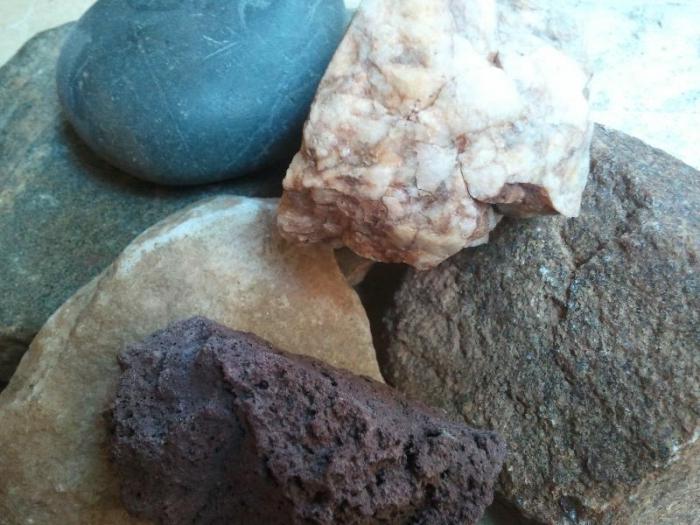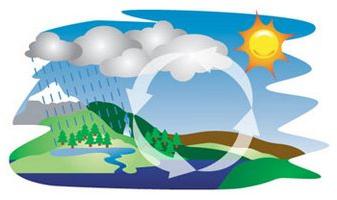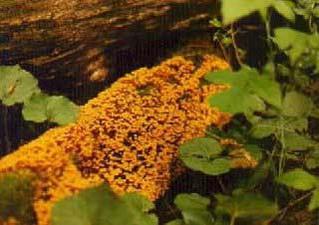How does carbon cycle in nature, and why is it important for us?
It is impossible to deny that a person is significantly (andnot in the best way) affects the environment, in particular, the carbon cycle in nature. In our power to keep the ecological situation on the planet at least in a habitable form for as long as possible. But why, in fact, is carbon important? What is happening to him at all, how does he affect us, and can we influence the cycle in nature of this important element?
Almost any form of life on our planetcontains carbon. Hence, it is necessary for the normal existence of all biological species. Why are we frightened by the fact that the carbon content is skyrocketing? Combustion of oil and gas during the operation of machines, the work of enterprises emits a huge amount of carbon dioxide into the atmosphere, disrupting the carbon cycle in nature. The biosystem of the Earth ceases to cope with such an amount.
Where is carbon present?
In a seemingly negligible concentration (0.04%), carbon is present in the Earth's atmosphere as CO2 dioxide. But this is enough to support the vital activity of terrestrial vegetation.
Carbon is also found in soil and sedimentary rocks - in the terrestrial biosphere.
As already mentioned, this element is present in large quantities in the ocean in the form of living and inanimate marine organics and in a dissolved form.
Another storehouse of carbon is fossil resources, usually of organic origin.
Where does it come from?
The carbon cycle in nature, like any other substance, implies that it is taken from somewhere, then somewhere it disappears and comes back. Let's see how this happens with carbon.
• Animals and humans exhale into the atmosphere.
• Dead plants and animals are treated with bacteria that, with the participation of oxygen, release carbon dioxide or methane, in which carbon is also present.
• Carbon dioxide is also formed when burning oil, coal, peat and natural gas.
• Forest fires are the same source of ingress of this gas into the atmosphere.
• Another serious source is the activity of active volcanoes, which emit a lot of carbon dioxide, steam and sulfur dioxide into the atmosphere.
• Cement production as a result of human activity; using the heating of calcium carbonate (CaCO3), we extract a large amount of carbon into the atmosphere.
• There is much talk about global warming. When heated, the ocean surface additionally releases carbon dioxide from the water.
Where does it go?
If all of the carbon that enters the air is there andremained, we would have long since suffocated, and life on Earth would cease to exist. But the carbon cycle in nature assumes that it disappears from the atmosphere. Where?
• Many thanks for cleaning the air fromcarbon dioxide need to be told to the trees, which are the main storehouses of this element. And, carbon can be stored in them for hundreds of years. Especially useful in this sense are young trees, which grow rapidly and, therefore, rapidly consume carbon.
• The lower the temperature, the more solublebecomes carbon dioxide, and the cold water surface closer to the north pole absorbs it perfectly. But global warming threatens that the ocean will begin to evaporate carbon dioxide back into the atmosphere. This is another problem that worries scientists and all of humanity.
• Another serious recycling factorycarbon - marine organisms living in the upper layers of the ocean. They absorb carbon to build their cells. Approximate calculations of scientists say about 36 thousand gigatons of carbon in the world's oceans.
• When they die, the marine inhabitants (their solid parts) settle on the seabed, eventually forming into sedimentary rocks.
A large circulation of substances in nature is a well-established system, interference in which can lead to unpredictable consequences.






